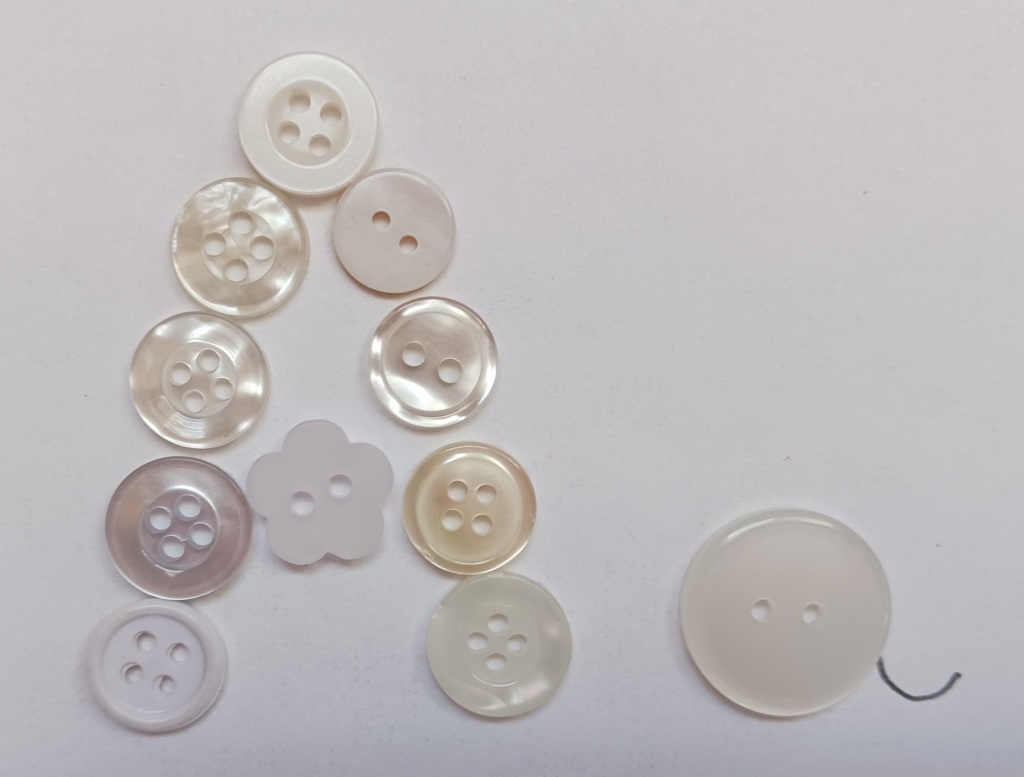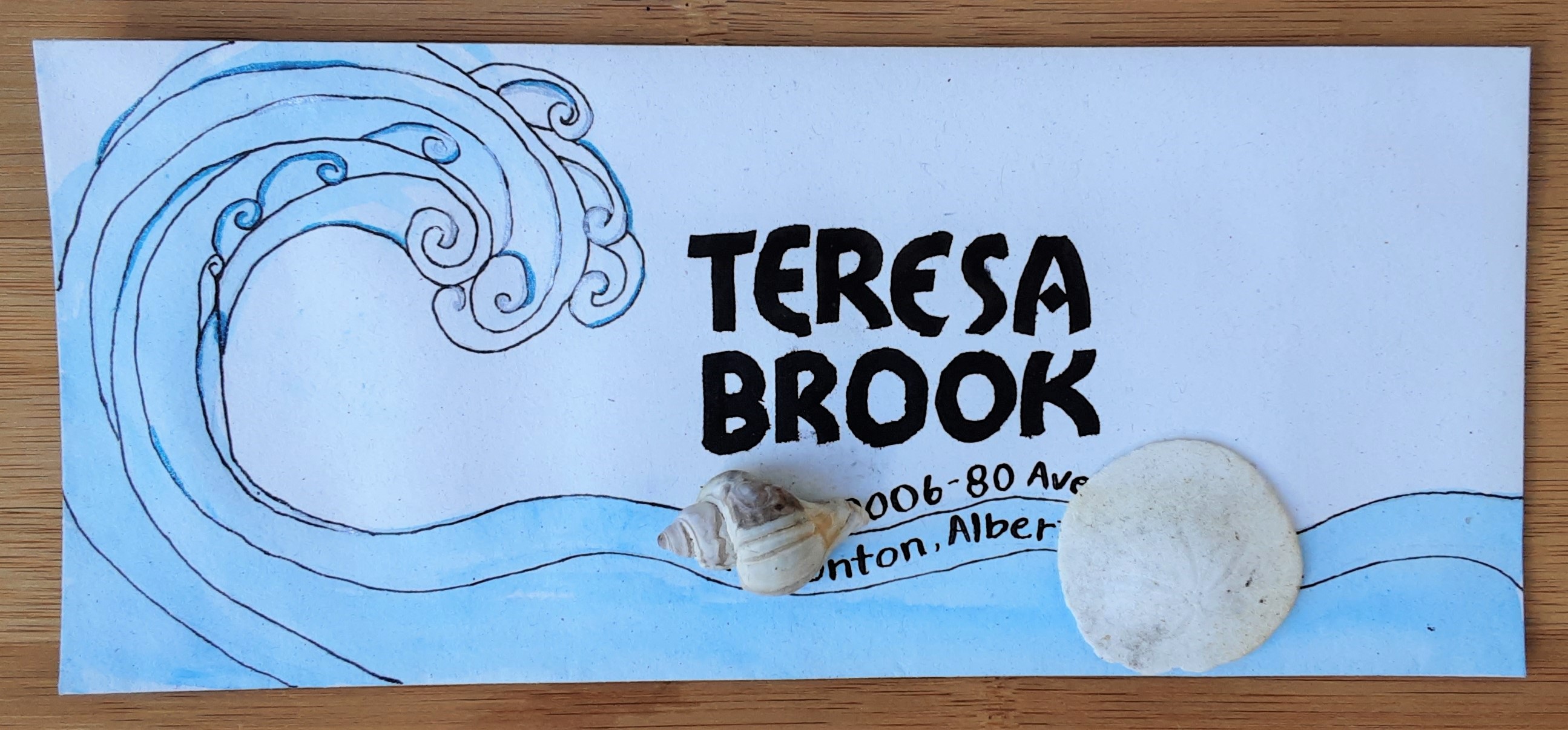
The Edmonton Calligraphic Society is doing a mix of in-person and zoom classes this year. November’s class was done through zoom on Button Lettering with Violet Symthe. She taught us Neuland last year and is a very good teacher as well as an excellent calligrapher.
When I first saw the list of classes for this year, I imagined Button Lettering to look something like this:

In reality, this lettering style was given the button name by calligrapher Peter Thornton as he created it for name buttons for a calligraphy conference. It seems an unusual choice for this purpose as I don’t find it particularly legible but it does have a playful energy.
It is a fun lowercase lettering style that is perfect for broad-edged calligraphy tools like the Pilot Parallel pen or chisel-edged markers. However, there are not a lot of rules in this style and it can be adapted to a variety of writing instrument. Violet suggested going bigger is better with these letters and I agree. She loves to use a 6.0mmparallel pen but I only have a 3.8 mm one. It was really tricky trying to use the 2.5 mm Sanford calligraphic marker to write the alphabet, but that was partly because my marker is old and doesn’t have a sharp edge anymore. I tried button lettering using a variety of supplies.






If Button Lettering was a person they would be goofy and energetic. Sometimes they get so excited it’s hard to understand what they are saying.



























